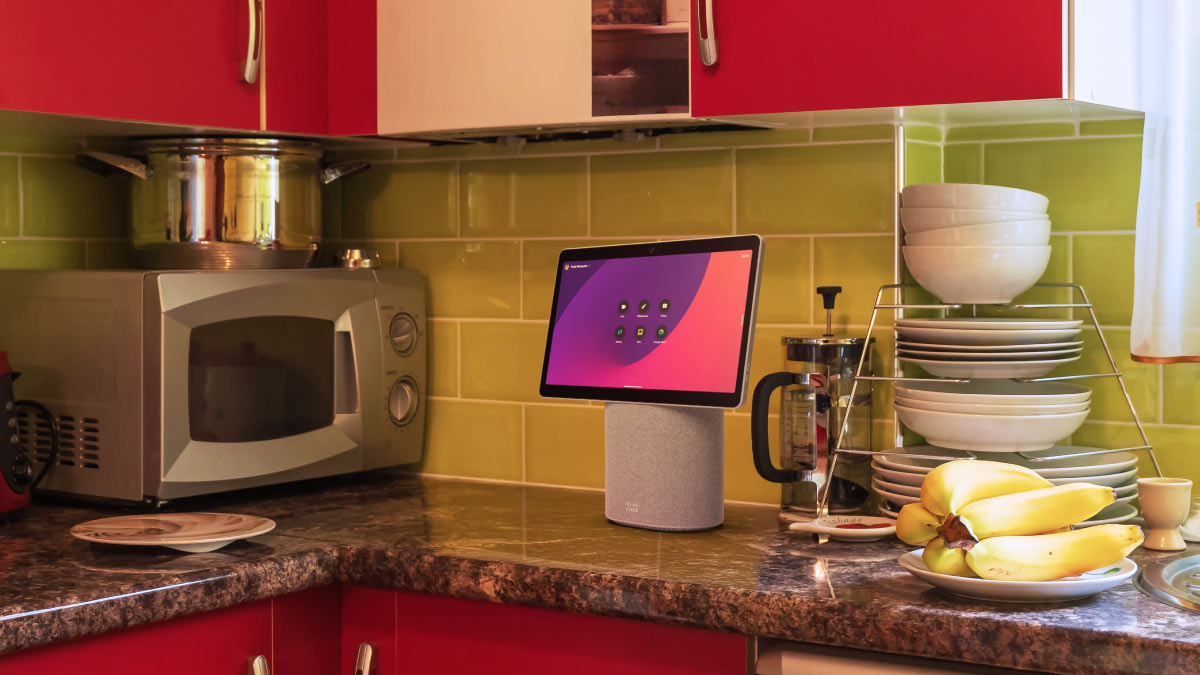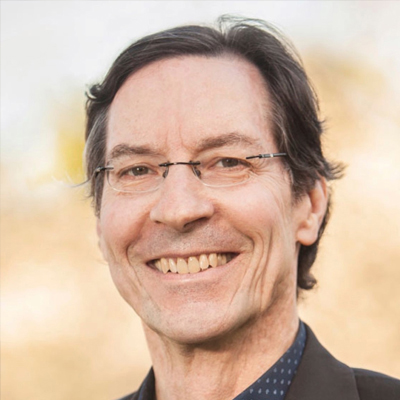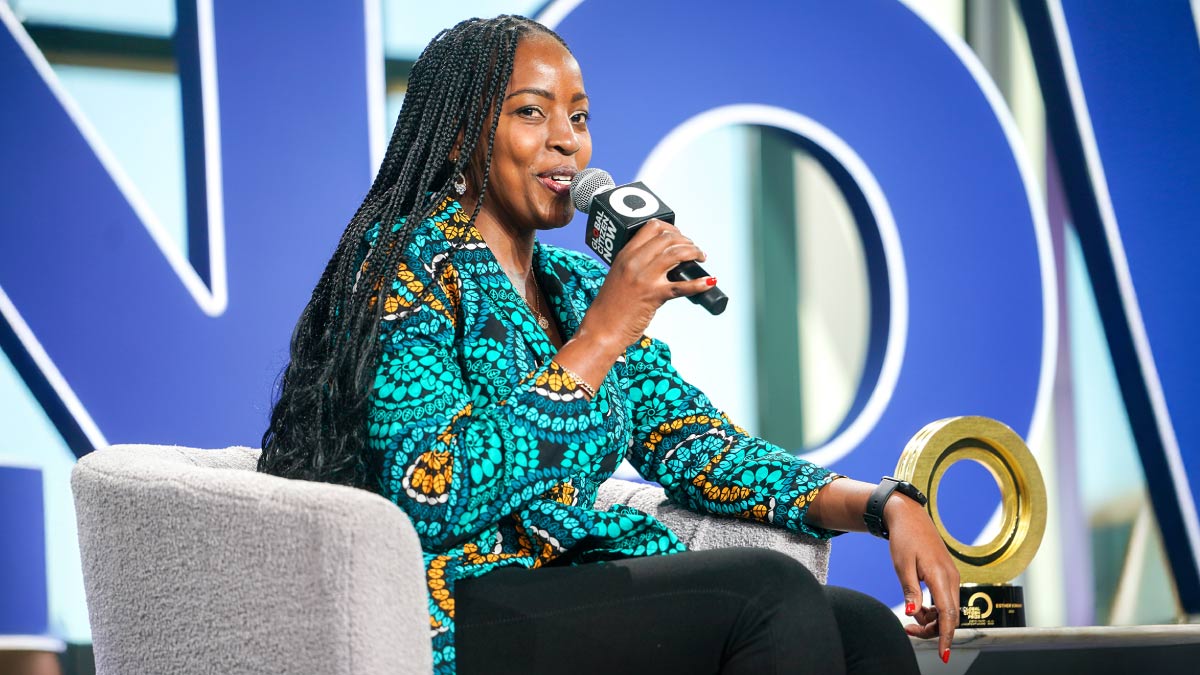Keeping our rooms clean and safe. Maintaining personal hygiene. Staying connected with family.
For many of us, these are simple, everyday tasks. But for those with diverse abilities — including seniors and people with cognitive disabilities — handling such tasks can be a daily triumph. And they can mean the difference between independence and constant supervision.
A pilot project funded by Cisco’s Country Digital Acceleration (CDA) program, Ignite Technology, and other partners has been exploring how digital solutions can help. Under the brand name Hayla, a suite of high-tech innovations has evolved into a streamlined, secure, app-based platform that is ready for market.
“A lot of these individuals are looking to live more independently, autonomously, maybe move to a situation where they’re on their own,” explained Ignite CEO Steven Taylor. “And the Autonomous Living Project, now branded Hayla, uses technology to help people work towards the goal of self-sufficiency, independence, and greater dignity.”
The origins of Hayla began in 2021 at the Lou Fruitman Residence in Toronto, which is run by Reena, another partner in the project. The Residence houses 138 adults and seniors with diverse needs. And as part of this project, it adopted a number of technologies — including Internet of Things (IoT) sensors, automated alerts, smart-device integration, collaboration hubs, and a proprietary app — all supported by customized Cisco and Cisco Meraki products.
The concept is built around self-sufficiency, not surveillance. Through remote monitoring, smart notifications, alert services, and smart-device integration, users receive in-home support that enables them to live independently and safely. However, if the need arises — whether for an emergency, basic reminders, or emotional/mental counseling — caregivers can step in quickly.
It’s technology that’s geared to individual outcomes.
“If we’re talking to an individual and a caregiver,” Taylor said, “we don't simply talk about the sensors they can have. We talk about the challenges they’re experiencing today, and we look at implementing a solution that leverages technology to actually help address those challenges.”
Security and simplicity for positive good
With their shared commitment to simple-to-use, secure technologies, Cisco and Ignite were ideal partners.
“Like Cisco, Ignite is committed and visionary,” said Wayne Cuervo, director of Cisco Canada’s Digital Impact Office. “They have an ideal view of how technology can not only help, but how technology can get out of the way — to simplify the experience.”
Hayla represents a big commitment in time, technology, and expertise from Cisco, particularly its CDA program.
“We consider Hayla to be one of our most important projects,” said Cuervo. “It’s a profound story that helps transform the lives of people. And we feel it’s very scalable to other use cases around the world.”
As for the outcomes so far, Jessica Noftle, day program supervisor for another partner, the Toronto-based family-support organization Creating Alternatives, weighed in from a caretaker’s perspective.
“With Hayla’s expertise, innovation and devices,” she said, “we have successfully been able to help more than 10 supported individuals transition out of fully supported days, to semi-independent living. Hayla’s dedication, along with their mentorship, has been a huge success for us at Creating Alternatives. We hope to continue to work alongside them for years to come.”
A scalable solution for aging populations
Hayla makes it all happen with a foundation of Cisco technology.
“At the core of the hardware is a Cisco firewall router and an access point,” Taylor stressed. “That access point communicates with the Meraki IoT sensors in the unit, which monitor things like the refrigerator, doors, and showers. Essentially, you have your network equipment — that is, access points, firewalls, and switches for larger implementations, – and IoT sensors that are set in the environment for safety and peace of mind. Maybe it's actually detecting water leakage, smoke in units, or simply helping to track daily living tasks.”
Communication, of course, is equally critical. And Cisco Webex — either through handheld devices or hardware like the Cisco DeskPro, combined with Webex Calling — keeps users, their families, and caregiving teams connected on both emotional and practical levels.
“Webex Calling is part of our custom software that we've integrated,” Taylor continued. “This allows individuals to call a parent, caregiver, or therapist simply by clicking their picture. Everything is handled on the back end, so it's just one button to call.”
Security is a key concern, especially when sensitive medical or personal data is shared among vulnerable populations. So, Cisco and Meraki’s built-in end-to-end security ensures further confidence in the system. Despite a constant flow of data coming from sensors, monitoring is automated and intuitive.
“All of this is managed on the back end through the Meraki Dashboard and Cisco Control Hub,” Taylor added. “We have automated alerts through Meraki dashboard.”
For Cuervo — and Cisco’s Country Digital Acceleration program — supporting Ignite’s effort to bring Hayla to market is a great opportunity. CDA’s mission is to use technology for positive transformation around the world (in more than 50 countries so far), and Hayla is a perfect fit.
“We’re all about using technology to address challenges and doing it in a way that benefits society,” Cuervo said. “Hayla is significant at an individual level, but also at a national and global scale. In Canada and other countries, populations are aging, increasing the demand for social services, while the number of caregivers is shrinking. This solution enables caregivers to be more effective while improving the quality of life for those in need. For us, it’s a perfect combination of technology excellence and real-world, positive impact.”





